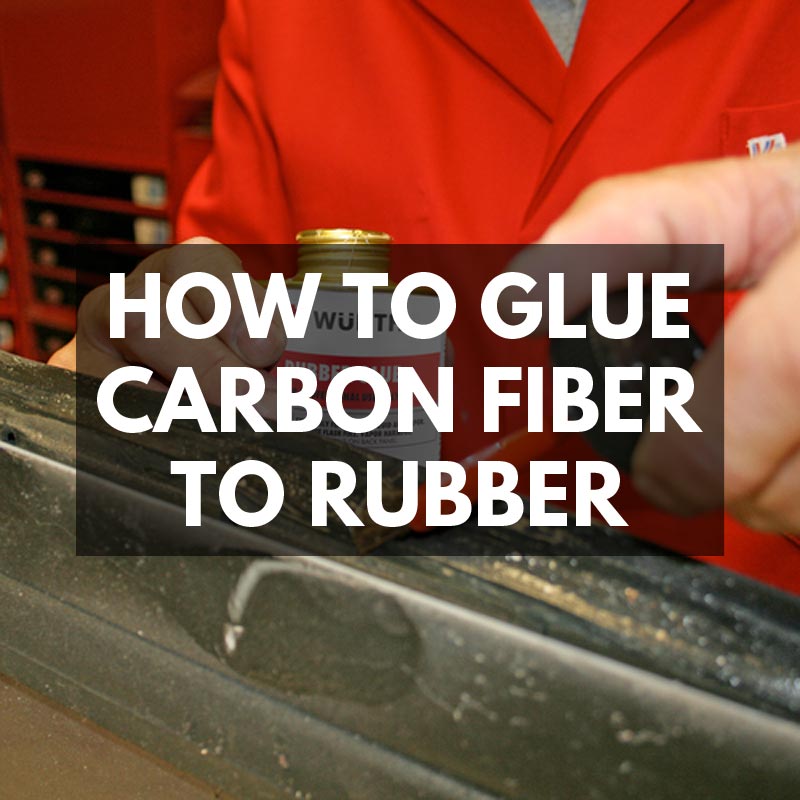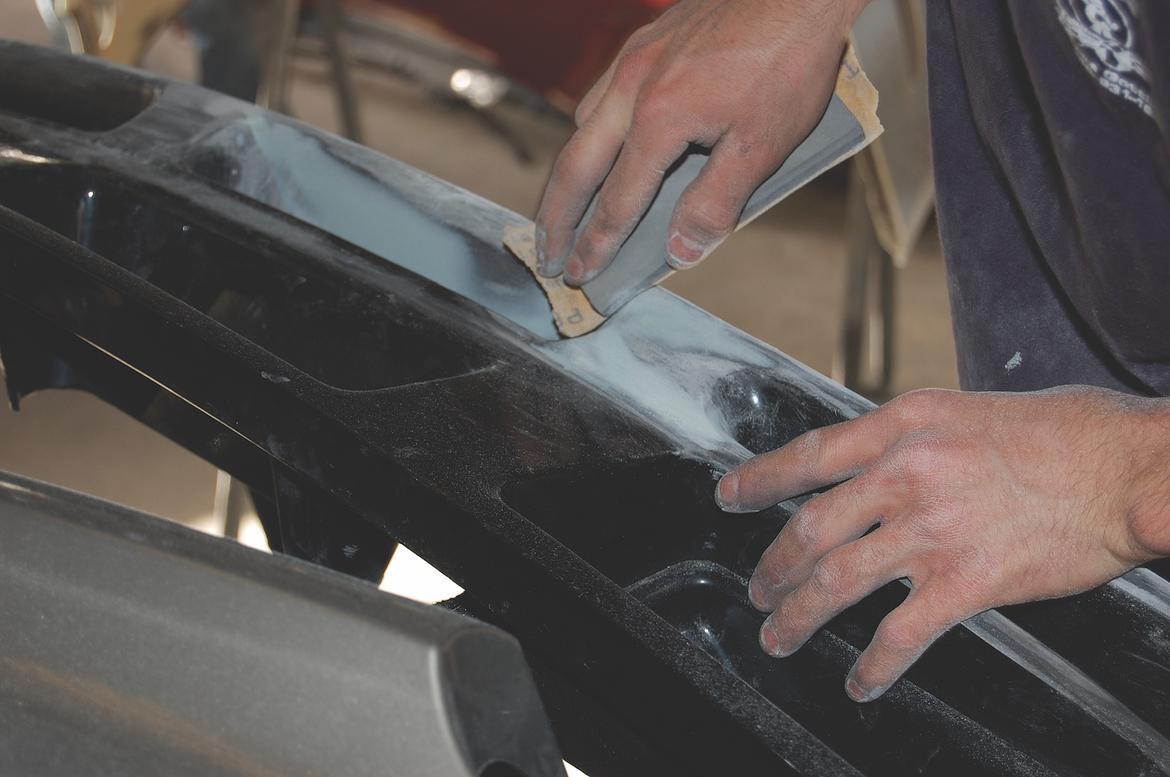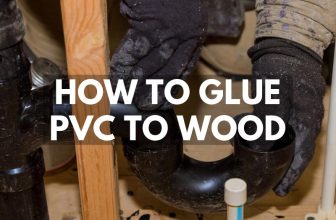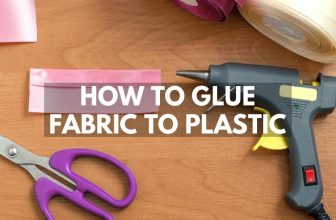
How to Glue Carbon Fiber to Rubber
In this guide on how to glue carbon fiber to rubber, you will learn the basic steps you must take for the glue to hold strong and which glues work best.
To use adhesives on carbon fiber and rubber, three options are perfect for this job. This will include using super glue, contact adhesive, and neoprene adhesive.
Preparation for the carbon fiber is a minimal task while rubber should also be prepped to increase its adhesion to carbon fiber pieces. Each of these adhesives is well suited for use as a permanent bond yet only two of these are better suited for remaining flexible when cured.
When there is the need for fast adhesion, some adhesives will be put to good use in a last-minute repair while others are more precise and allow for careful positioning. Ultimately, the cost range for each of these adhesives will range from economical to budget-friendly for any project using these glues.
What Glue Can You Use for Carbon Fiber to Rubber?
Not all glues can be used on carbon fiber and some glues won’t stick to rubber so there are only a few different types of glue you can use to bond rubber and carbon fiber. Here are three of the adhesives we recommend:
Neoprene Adhesive
Neoprene rubber is not an unlikely candidate for gluing carbon fiber to rubber since this adhesive is specifically designed to glue difficult surfaces together. The premier products that are ideal for use include Black Witch neoprene adhesive and 3M Weatherstrip adhesive. Neoprene adhesive is flexible glue that acts very similar to contact cement when it is applied to neoprene or similar surfaces.
Contact Cement
Ordinary contact cement that is found at the hardware store or art supply is just as effective when gluing carbon fiber to rubber. Popular brands such as Barge or Weldwood are equally effective no matter which brand is purchased. There is very little preparation that is needed but there are some minor details that will be helpful to ensure good adhesion. Because contact cement is solvent-based, there are safety issues that also need to be followed.
Super Glue
Using super glue to attach the rubber to carbon fiber, this adhesive will be excellent for quick adhesion to both surfaces. This is pressure-sensitive glue that comes in two forms that are liquid-based and gel-based. Gel formulas give better control to reduce drips when attaching surfaces together. Any brand that is found at a hobby store or home improvement center works the same as many super glue formulas rarely change from brand to brand.
How to Prepare Carbon Fiber to Rubber Before Gluing
Many people do not understand that carbon fiber is the material that is embedded into epoxy resin or polyester resin (aka fiberglass resin). So the preparation to the surface of carbon fiber is the same as traditional polyester or epoxy. Using sandpaper to scuff up the surface is helpful to help adhesives grab hold of a smooth surface. This will require 400 to 500-grit sandpaper to give enough ‘tooth’ on the carbon fiber surface.
Rubber needs to be clean and free from excessive oil using a small amount of 99% alcohol or acetone.

How to Apply Glue for Carbon Fiber to Rubber
Neoprene and contact cement are best applied with a small brush that will help to apply this adhesive to both surfaces. There is no need to apply super glue to both surfaces, so any application of super glue can be applied to a single surface before adhering. Gel formulas will be able to be spread easier using a plastic spreader or metal spatula. A wooden stick would absorb the superglue which would make spreading super glue problematic.
How to Cure Carbon Fiber to Rubber Glue
Superglue will start to cure instantly to each surface due to the pressure-sensitive nature that it offers. It doesn’t completely cure for another 2 to 3 hours for a full cure and top strength. Contact cement is painted on rubber and carbon fiber surfaces which are allowed to dry before pressing them together. The same process works for neoprene adhesive since the application process is the same and will bond in seconds after applying pressure.
The post-cure will take no more than 5 hours and there is no need to place it in a warm room.
Which Is the Best Glue to Use?
The strongest long-term adhesive is neoprene adhesive which is flexible and is designed to stick to carbon fiber and rubber surfaces. Contact cement is a good budget alternative that does very well for strong bonds. The cheapest and fastest adhesion is using super glue however it’s best to use the gel version so there is more control where the superglue is applied.










